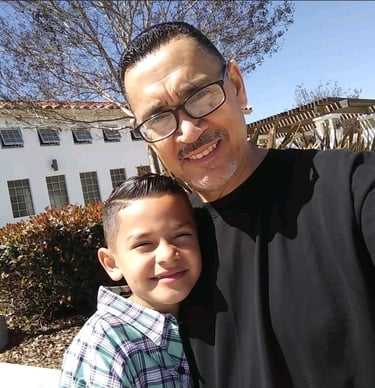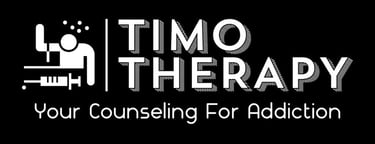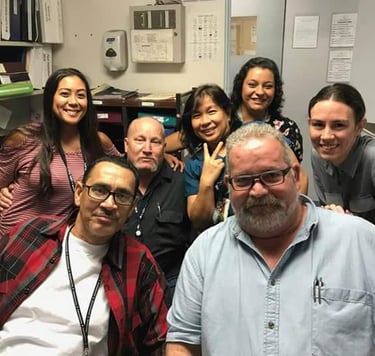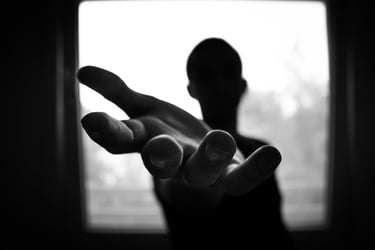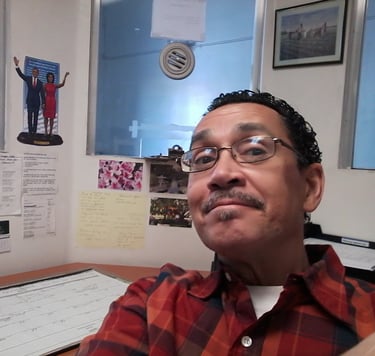Family Secrets and Denial: The Hidden Dynamics That Keep Addiction Alive
Addiction often thrives in silence, secrecy, and denial within families. Join me in this controversial topic as we look at the hidden dynamics that keep addiction alive. This post exposes the hidden ways family systems can unconsciously enable addiction and how confronting the truth can open the door to real recovery and generational healing.
TRENDING & CONTROVERSIAL TOPICS


Introduction: What No One Wants to Talk About
Addiction doesn’t grow in a vacuum. It grows in the shadows—behind closed doors, unspoken pain, and long-standing family patterns. Families often think they’re helping by avoiding conflict, minimizing the problem, or hiding it from others. But in truth, secrecy and denial can quietly fuel addiction for generations.
It’s not just the addict who’s affected. It’s everyone. And until families are willing to face their role in the silence, true healing remains out of reach.
The Culture of Denial in Families
Many families operate under the unspoken rule: Don’t talk about it.
Whether it’s:
A father’s alcoholism being brushed off as “just stress”
A sibling’s overdose blamed on “bad friends”
Or the whole family pretending that what’s happening isn’t happening...
Denial becomes a survival mechanism. It’s easier to pretend than to confront. It’s easier to protect the family image than to risk disruption. But addiction feeds off denial, and what’s left unspoken continues to grow.
Generational Dysfunction: When Patterns Repeat
Addiction isn’t always the first family problem. In many homes, trauma, abuse, neglect, or untreated mental illness lay the foundation for addiction to take hold.
If mom or dad drank to cope, the child learns that drinking is how you survive. If no one ever talked about emotions, the child learns to suppress them. If chaos was the norm, then chaos becomes comfort.
This isn’t about blame. It’s about recognizing that family systems pass down coping patterns, even when those patterns are destructive.
“We inherit not just DNA, but pain—and often, we repeat what we don’t repair.”
The Role of the Family “System”
In dysfunctional families, everyone plays a role—often without realizing it.
The Hero – Tries to overachieve to make up for the addict’s chaos
The Scapegoat – Acts out to deflect attention from the real problem
The Lost Child – Withdraws, avoids, and isolates
The Mascot – Uses humor to defuse tension
The Enabler – Keeps the peace by protecting or rescuing
These roles help the family maintain balance—but it's a false balance. Each role exists to avoid addressing the truth: there is an addiction, and the family is not okay.
How Shame Keeps the Cycle Alive
Families often feel intense shame about addiction. It’s seen as a failure, a stain, something to hide. And so, the lies begin:
“She’s just having a rough time.”
“He’s always been dramatic.”
“It’s not that bad.”
But hiding the addiction only makes it worse. Shame breeds silence. And silence is where addiction thrives.
It’s time to rewrite that narrative: Addiction isn’t a moral failing. It’s a disease. And like any disease, it requires honesty, treatment, and support—not silence.
Why Speaking the Truth Is the First Step to Healing
There’s immense power in naming the problem out loud.
When a family finally says, “We are not okay,” it cracks the wall of denial. It creates space for reality. It creates space for help. And it sends a powerful message to the addicted loved one:
“We see you. We won’t pretend anymore. And we’re ready to heal—together.”
But truth-telling isn’t easy. It requires courage. It may create tension. But it also creates transformation.
Breaking the Silence: What Families Can Do Differently
Here’s how families can begin shifting from secrecy to healing:
Name the truth: Acknowledge the addiction openly without blame.
Talk about emotions: Let sadness, fear, anger, and confusion be felt and discussed.
Seek outside help: Family therapy, Al-Anon, or group counseling can change the dynamic.
Challenge generational silence: Open up conversations that have been off-limits for decades.
Stop protecting the image: Real families have real problems. That’s okay.
The Risk of Not Addressing It
When families stay silent:
The addict continues without interruption.
Children grow up confused, anxious, and disconnected.
Trauma festers and gets passed on.
The next generation repeats the same cycle.
Unspoken pain doesn’t go away. It just shows up in other forms: addiction, depression, codependency, perfectionism. Silence doesn’t protect families. It fractures them.
What Healing Looks Like
Healing families don’t avoid the hard stuff. They lean into it.
They have real conversations. They apologize. They ask hard questions. They set boundaries. They stop trying to look perfect.
And most importantly, they heal together. Even if the addict doesn’t recover, the family can still find peace and health by breaking toxic dynamics and choosing a different way forward.
Final Thought: You’re Not Alone in This
If your family has been hiding addiction for years, you’re not alone. Millions of families are doing the same—suffering quietly, trying to hold it all together.
But the truth is: you don’t have to keep the secret anymore.
There is power in truth. There is freedom in honesty. And there is healing on the other side of silence.
